Eastern Arbor-Vitae, also known as Oriental Arborvitae or Oriental Thuja, is a versatile evergreen shrub or small tree scientifically named Platycladus orientalis. Belonging to the Cupressaceae family, it is the sole species in its genus, making it uniquely distinct. This hardy plant thrives in zones 6 through 9 and has a woody life cycle.
Native to China, Korea, and the Russian Far East, the Oriental Arborvitae is widely appreciated for its ornamental appeal and durable wood. Its compact size and lush, year-round foliage make it a favorite for landscaping and decorative purposes.
| Common name | Eastern Arbor-Vitae, Oriental Arborvitae, Oriental thuja |
| Botanical name | Platycladus orientalis |
| Family | Cupressaceae |
| Species | orientalis |
| Origin | China, Korea, Russiian Far East |
| Life cycle | Woody |
| Plant type | Shrub |
| Hardiness zone | 6, 7, 8, 9 |
| Sunlight | Full Sun |
| Maintenance | Medium |
| Drainage | Well-Drained |
| Growth rate | Slow |
| Spacing | 6 – ft. – 12 ft. |
| Harvest time | Fall |
| Flowering period | Spring |
| Height | 18 ft. – 25 ft. |
| Flower color | Green |
| Leaf color | Gold, Yellow |
| Fruit color | Blue |
| Fruit benefit | Showy |
| Garden style | Children’s Garden |
| Uses | Lawn |
I. Appearance and Characteristics
Platycladus is a monotypic genus of evergreen coniferous trees in the cypress family Cupressaceae, containing only one species, Platycladus orientalis, also known as Chinese thuja, Oriental arborvitae, Chinese arborvitae, biota or Oriental thuja. It is native to northeastern parts of East Asia and North Asia, but is also now naturalised as an introduced species in other regions of the Asian continent.
The binomial Platycladus means “with broad or flattened shoots” deriving from Greek πλατύς platys “broad, flat, level” and κλάδος klados “branch, shoot of a tree”. The qualifier orientalis refers to its native habitat in China.
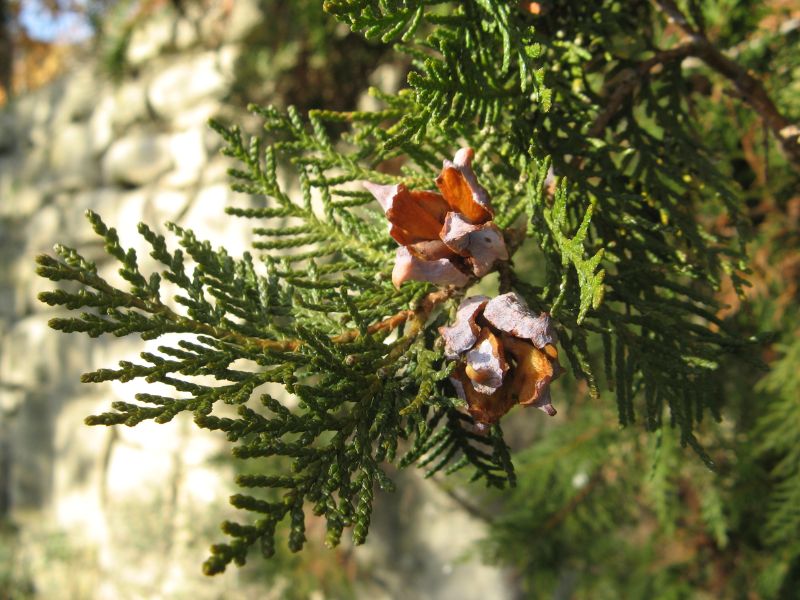
A monoecious tree, it is small, slow-growing, reaching 15–20 m (49–66 ft) and 0.5 m (1 ft 8 in) trunk diameter (exceptionally to 30 m or 98 ft tall and 2 m or 6 ft 7 in diameter in very old trees). The foliage forms in flat sprays with scale-like leaves 2–4 mm (0.08–0.16 in) long, which are bright green in color but may turn brownish or coppery orange in winter. The cones are 1.5–2.5 cm (5⁄8–1 in) long, green ripening brown in about eight months from pollination, and have 6–12 thick scales arranged in opposite pairs. The seeds are 4–6 mm (0.16–0.24 in) long, with no wing.
The branches are relatively short, loosely arranged and, usually, sharply directed upwards, and the bark, brownish, is detached in narrow vertical strips. The twigs are compressed and are arranged in vertical planes. The leaves, arranged in four rows, fleshy, opposite, decussate, truncated, imbricated as adults, somewhat curved inwards, of uniform green color and with a seminiferous gland on the underside. The female cones, of pink-salmon color and later bluish-greenish when immature, centimetric and of annual maturation, are oval with 6-8 flattened, thick scales, coriaceous and provided with an apical hook.
II. How to Grow and Care
Sunlight
Oriental arborvitae thrives under full sun conditions, which suggests that it performs best when exposed to unfiltered sunlight for at least six hours a day. Although oriental arborvitae has a tolerance for partial sun, meaning it can also grow when it receives less than this amount of direct light, its optimal growth and health are achieved under bright conditions. Deviations from these ideal light settings can lead to a diminution in vigor and density of the foliage.
Given its preference for sunny environments, oriental arborvitae is best suited for outdoor planting, where it can occupy a space that receives ample daylight. Outdoors, oriental arborvitae should be positioned to capture the majority of the day’s sunlight to fulfill its light requirements for robust growth.
Temperature
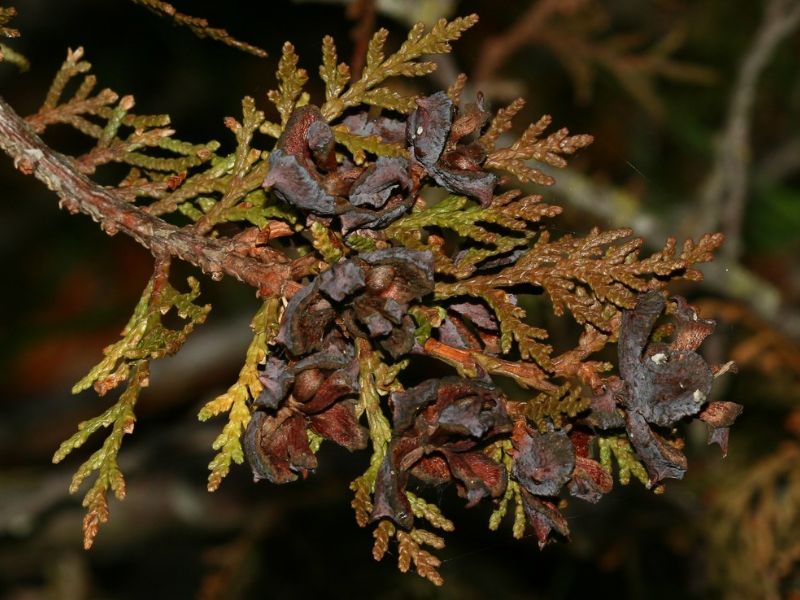
Oriental arborvitae is a resilient tree that can handle cold winter temperatures in the range of -29 ℃ to -23 ℃. However, the tree should not be exposed to such conditions for prolonged periods. Smaller varieties are generally more delicate and should be moved indoors, as their winter temperature threshold ranges between 4 to 16 ℃.
Watering
Thriving in its native habitat’s semi-arid conditions, oriental arborvitae has adapted to endure periods of low water availability, showcasing a preference for drier environments. This resilience translates into a moderate watering regimen, requiring hydration once every 1-2 weeks to maintain its health. Cultivated more commonly outdoors due to its robust nature, oriental arborvitae benefits from a well-draining soil that mimics its natural setting, ensuring excess water does not linger around its roots.
Soil
Oriental arborvitae does not grow well in clay soils, preferring sandy-type and well-drained substrates instead. It also enjoys organically-rich soils, so mixing an organic compost in with your planting soil is a good idea. When it comes to pH, oriental arborvitae tolerates both mildly acidic and alkaline soils.
Fertilizing
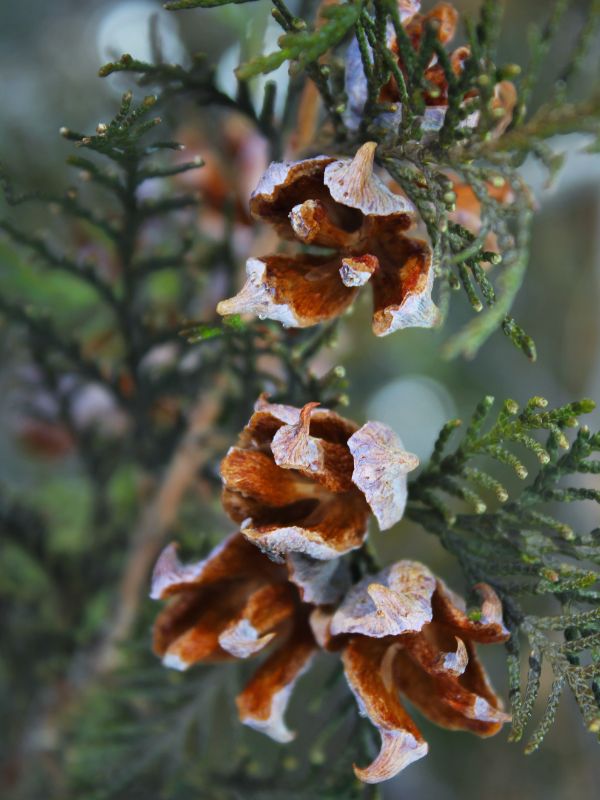
For optimal growth, oriental arborvitae benefits from regular fertilization with balanced nutrition fertilizers. Apply once in early spring and again in autumn to support robust foliage and root development, while ensuring health during dormant phases. Use manufacturer’s recommended quantity, avoiding over-fertilization which can harm oriental arborvitae. Slow-release granules are ideal, providing steady nutrients.
Adjust schedules according to growth stage; younger oriental arborvitae may require more frequent feeding. Always water oriental arborvitae thoroughly after applying fertilizer to aid absorption and prevent root burn. Don gloves for protection when handling fertilizers.
Pruning
Pruning your oriental arborvitae may be required to promote bushier growth and maintain a desired size or shape. This mostly involves trimming or removing dead or dying branches by cutting them close to the tree’s trunk. When maintaining the size or shape of your oriental arborvitae, cut branches at an angle just above a leaf bud – this will promote new growth in that location.
Propagation
Oriental arborvitae thrives when propagated during autumn and winter months using layering, cutting, or sowing techniques. Moderate difficulty is encountered while propagating, and successful propagation is marked by new roots or growth. Ensure optimal soil and moisture conditions for improved success.
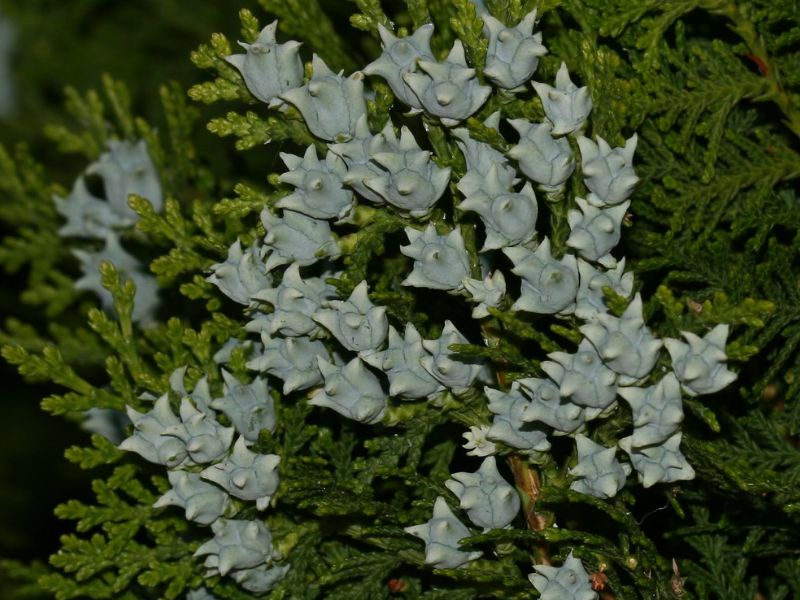
Transplanting
For successful oriental arborvitae transplanting, choose the warm embrace of late spring to early summer. It’s essential to find a sunny or partially shaded location with well-draining soil for oriental arborvitae. Remember to keep the roots moist during the process to ensure their well-being.
Repotting
Repot oriental arborvitae every 2-3 years in early spring to accommodate its roots & seasonal growth. Select a wide, sturdy container to match its conical shape & prevent tipping. Post-repotting, ensure oriental arborvitae has well-draining soil & moderate watering to support recovery. Regular pruning maintains its dense foliage & compact size, making oriental arborvitae a highlight in any garden space.
III. Uses and Benefits
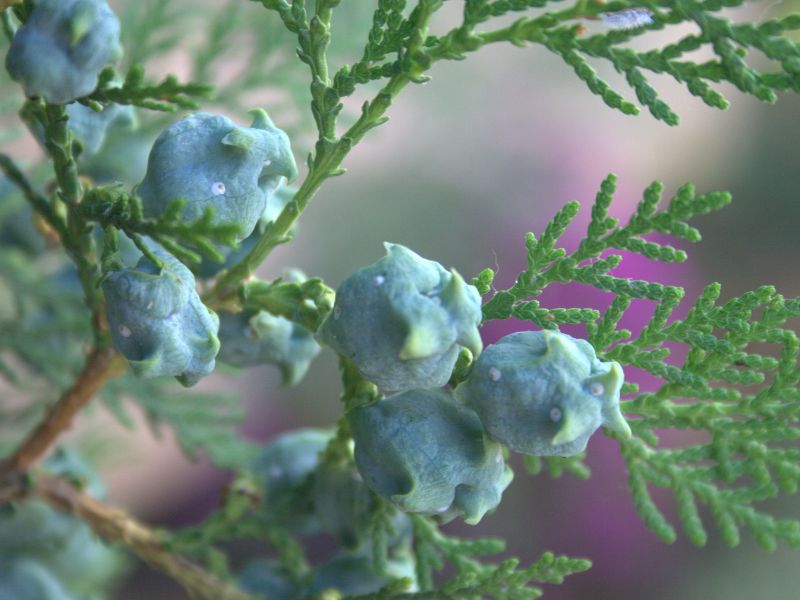
- Ornamental uses
Resistant to drought, it is very often used as an ornamental tree, both in its homeland, where it is associated with long life and vitality, and very widely elsewhere in temperate climates. It is suitable for form cuts and year-round opaque hedges, but also forms impressive slender solitary trees. Several cultivars have been selected, of which ‘Aurea Nana’ has gained the Royal Horticultural Society’s Award of Garden Merit.
- Other uses
The wood is used in Buddhist temples both for (lavairos) construction work, and chipped, for incense burning. Its twigs and leaves contain 0.12% essential oil containing pinene and probably caryophyllene. Its use as a memorial tree dates back to the Zhou dynasty in China, where it was the official memorial tree of princes.
Find Where to Buy the Best Oriental Arborvitae (Platycladus orientalis)



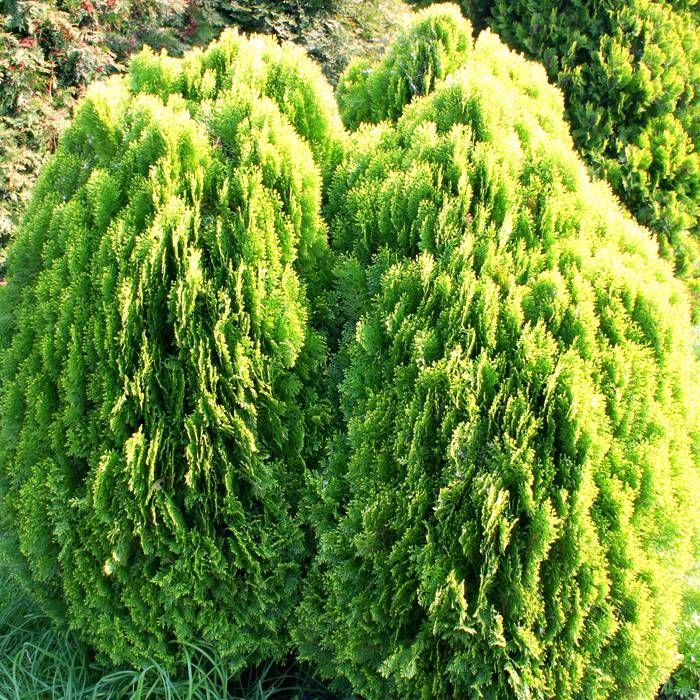

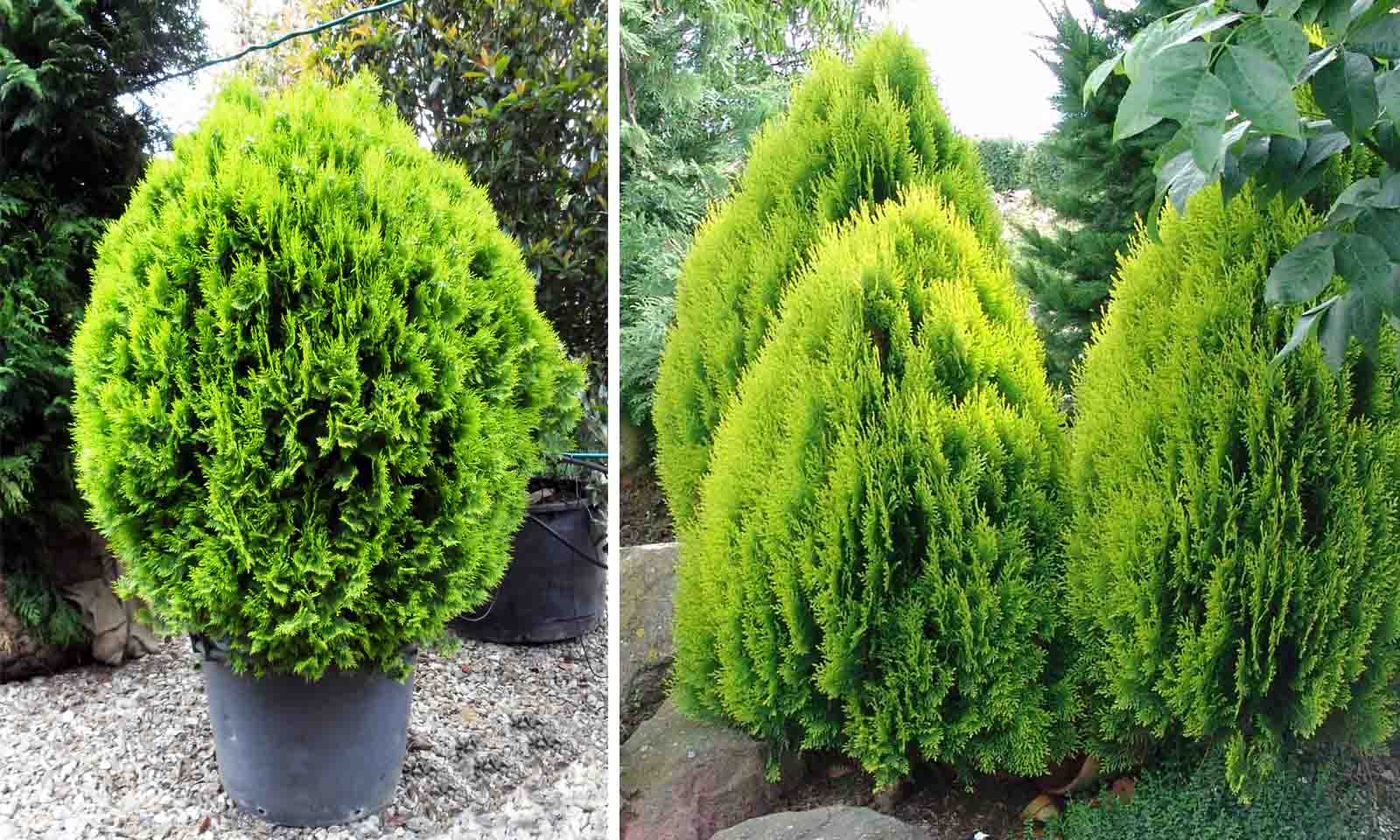




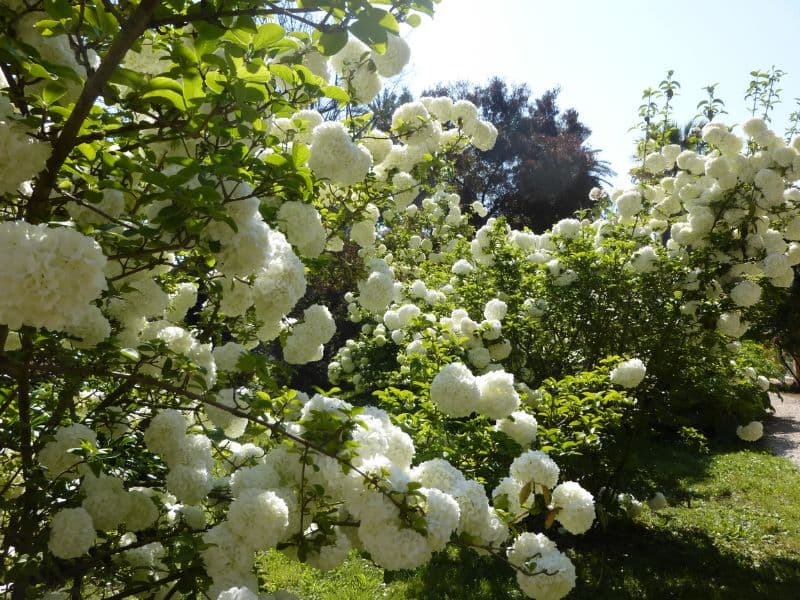
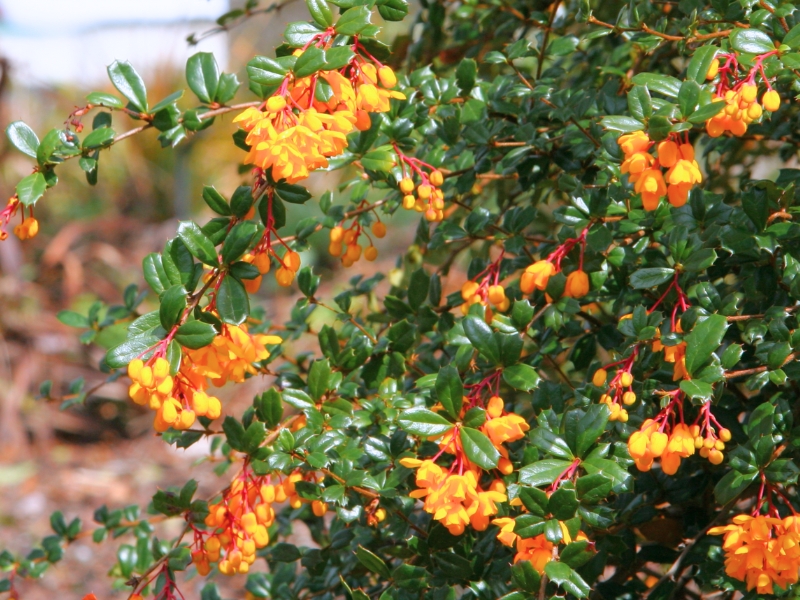
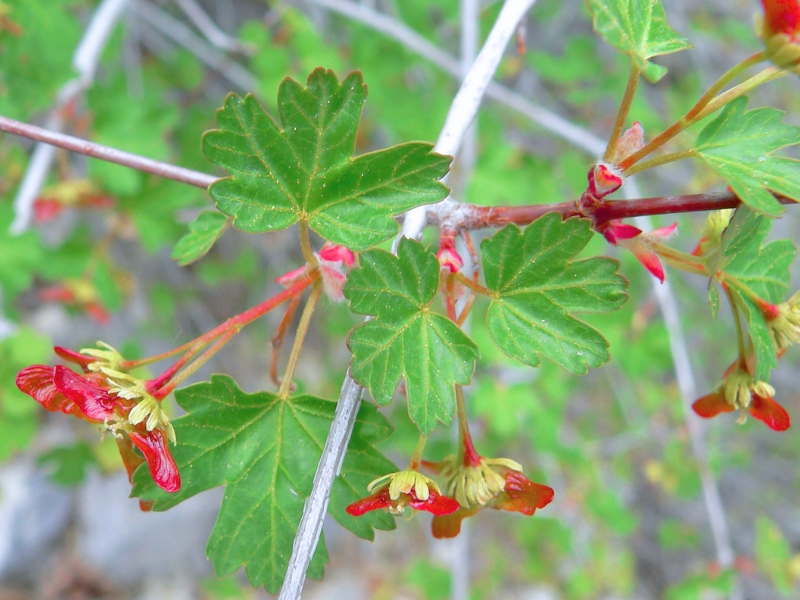
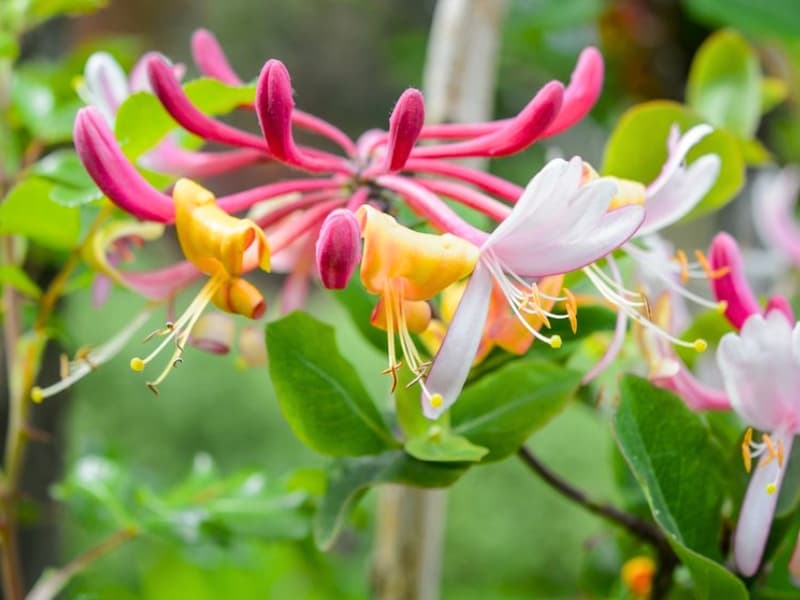
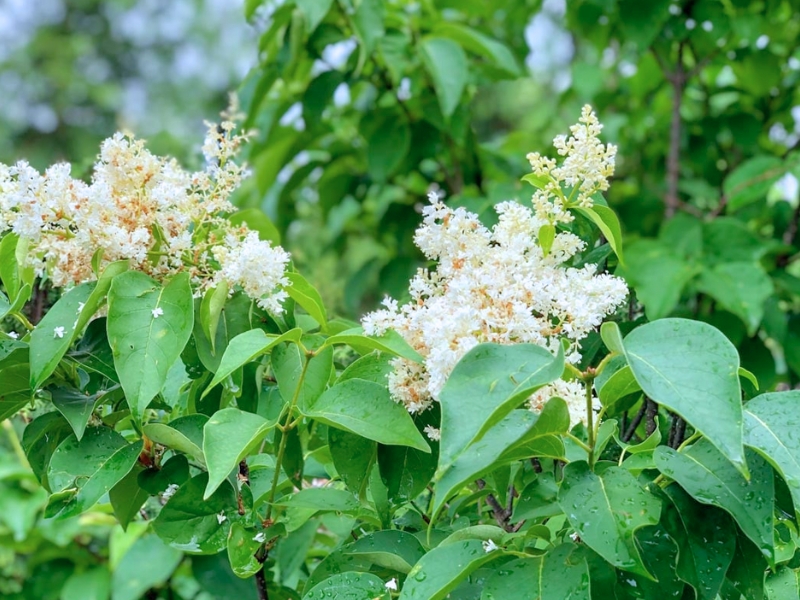
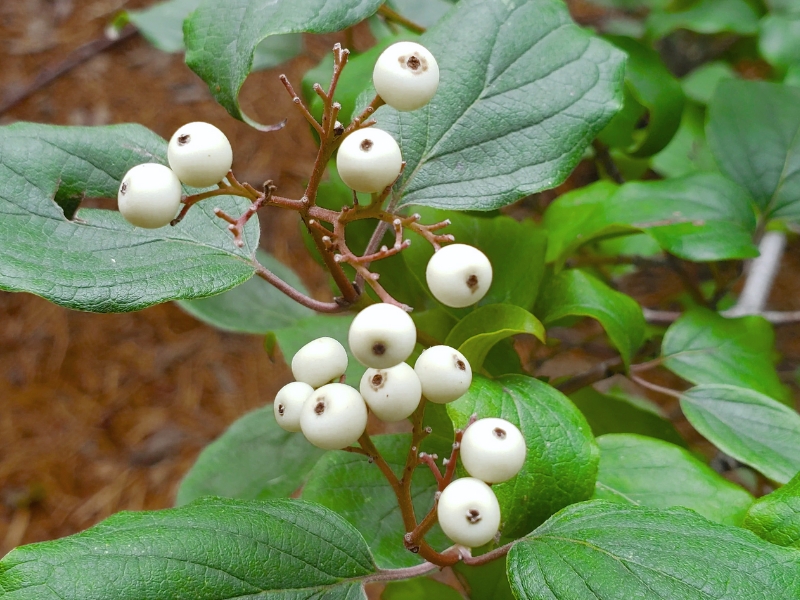
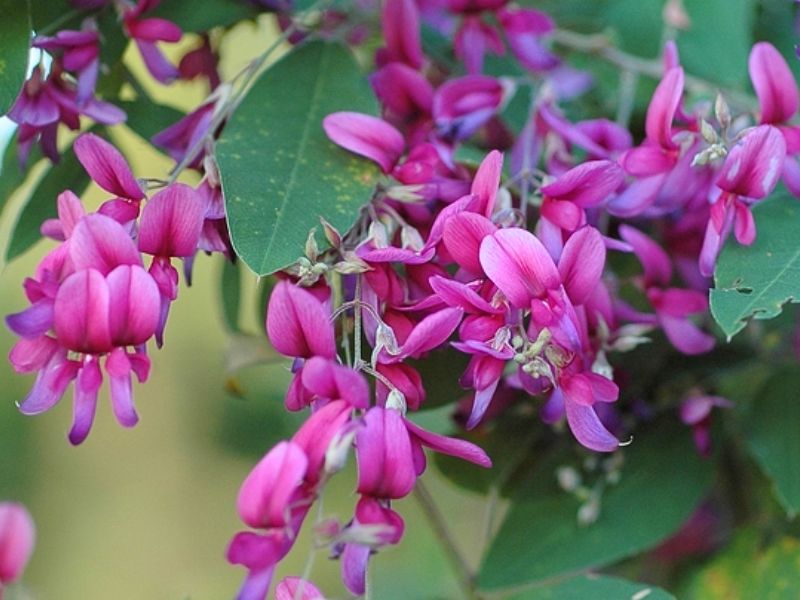
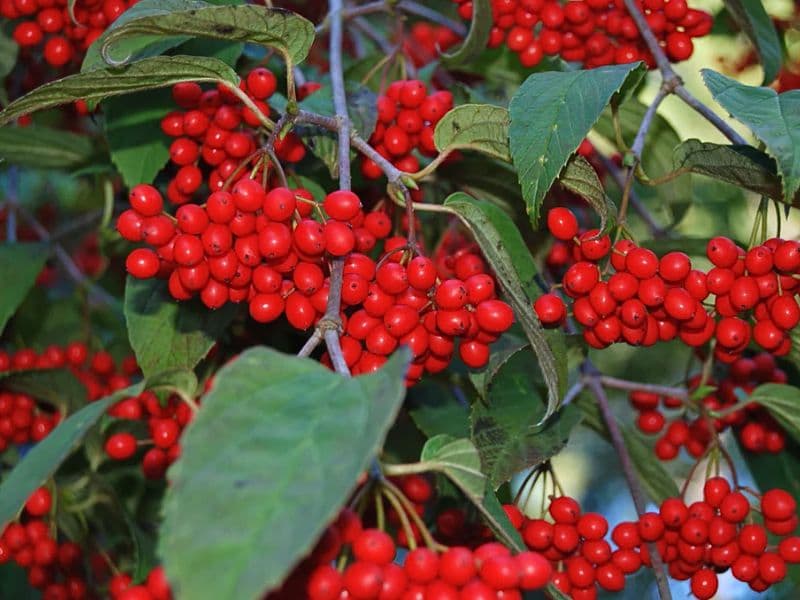
Leave a Reply